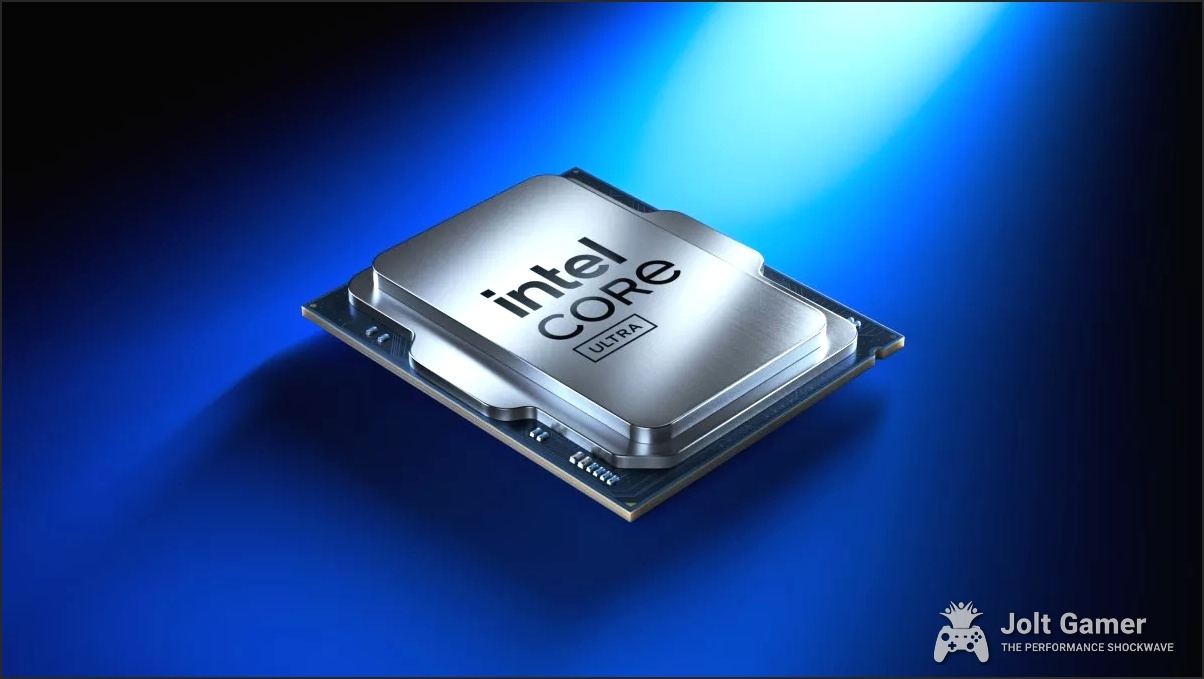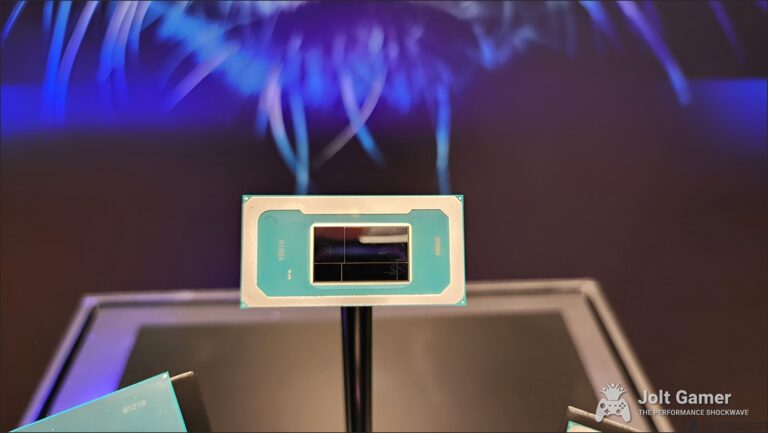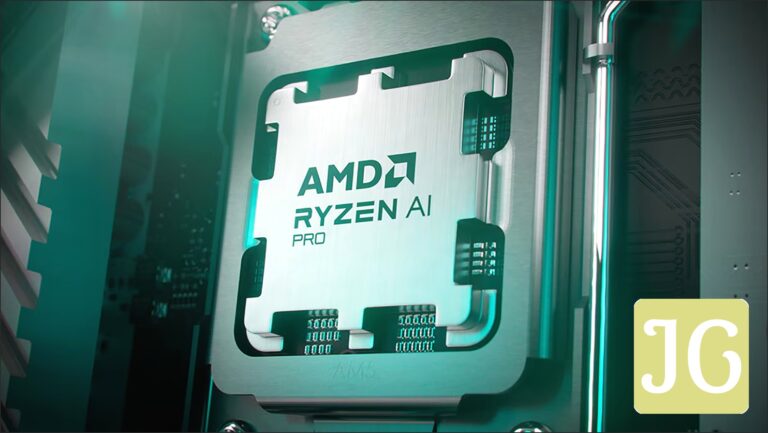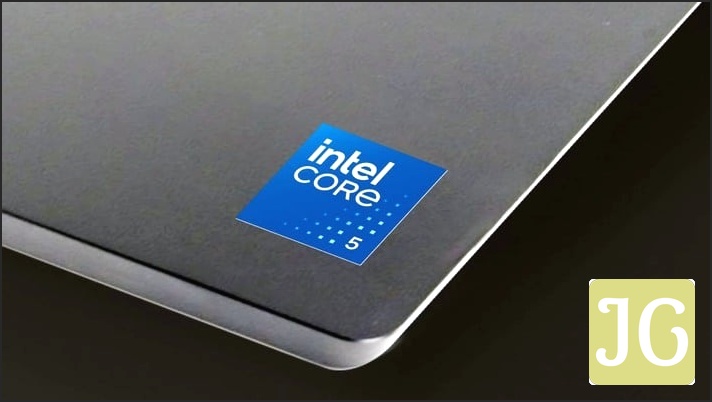Panther Lake Unleashed: The Definitive Guide to Intel’s Next-Gen Gaming Processor & 18A Comeback
Intel’s ‘Panther Lake’ processors, built on the revolutionary 18A manufacturing node, are poised to be a monumental shift for the chipmaker. After years of intense competition and strategic re-evaluation, Panther Lake represents a critical juncture for Intel’s future, especially in the booming mobile and handheld gaming markets. This comprehensive guide dives deep into everything we know—from leaked specifications and architectural innovations to Intel’s ambitious manufacturing strategy and the community’s fervent anticipation. Is this the moment Intel reclaims its crown?
Key Takeaways
- Panther Lake is Intel’s next-gen mobile processor, built on the advanced 18A node, featuring Xe3 ‘Celestial’ graphics.
- It introduces groundbreaking 18A technologies like RibbonFET and PowerVia, critical for Intel’s manufacturing leadership.
- Leaked SKUs reveal a hybrid architecture (P+E+LP cores) and a new ‘Core Ultra X’ branding for high-performance iGPUs (up to 12 Xe3 cores).
- Panther Lake aims to be a ‘game-changer’ for handheld gaming, challenging low-end discrete GPUs with improved power efficiency.
- Its success is crucial for Intel’s broader strategic reset amidst intense competition from AMD, Qualcomm, and TSMC.

The Dawn of Panther Lake: A New Architectural Era
Panther Lake, officially part of the Core Ultra 300 series, is set to succeed both the mobile-focused Lunar Lake and the desktop/mobile Arrow Lake. Positioned as a mid- to high-power processor, similar to current 45W H-series offerings, it’s designed specifically for the mobile market, spanning a wide range of 15W to 45W TDPs. This generation is not merely an incremental update; it’s a pivotal architectural advancement, being the inaugural product built on Intel’s 18A node, a cornerstone of its ambitious manufacturing roadmap.
- Successor: Follows Lunar Lake (mobile) and Arrow Lake (desktop/mobile).
- Target Market: Primarily mobile applications, from ultra-portables to high-performance laptops.
- Power Range: SKUs expected from 15W (U-series) to 45W (H-series) TDP.
- Key Innovation: First product to leverage Intel’s advanced 18A manufacturing node.
Decoding the 18A Process Node: Intel’s Foundry Bet
Central to Panther Lake’s promise is Intel’s 18A process node, a cornerstone of its ambitious ‘five nodes in four years’ (5N4Y) roadmap. 18A represents a monumental leap in chip technology, incorporating two groundbreaking innovations: RibbonFET gate-all-around transistors and PowerVia backside power delivery. This node is not just for internal products; it’s a critical component of Intel’s IDM 2.0 strategy, aiming to attract external foundry customers and regain process leadership, with successful boot-ups already reported for both Panther Lake and the Clearwater Forest server CPU.
- RibbonFET (GAA Transistor): Intel’s first Gate-All-Around transistor, wrapping the gate completely around the channel for enhanced current control, reduced leakage, and higher density. This allows for up to 15% better performance per watt over previous FinFET nodes like Intel 4, making it crucial for next-gen AI, HPC, and mobile applications.
- PowerVia (Backside Power Delivery): The industry’s first backside power delivery network, separating power and signal pathways. This reduces front-side congestion, improving cell utilization by 5-10% and boosting ISO-power performance by 4%, while also enhancing chip design flexibility and power efficiency.
Intel 18A: Promise vs. Reality
Pros
- Technological Leadership: RibbonFET and PowerVia offer theoretical advantages over TSMC/Samsung’s current nodes, positioning Intel to potentially leapfrog competitors in performance per watt and transistor scaling.
- Performance & Efficiency: Engineered for higher scalability, up to 15% better performance per watt, ideal for AI, HPC, and mobile applications, promising longer battery life and more powerful portable devices.
- Internal Product Foundation: Critical for upcoming products like Panther Lake and Clearwater Forest, demonstrating internal capability and serving as a proof point for Intel’s manufacturing prowess.
Cons
- External Customer Adoption: A Reuters report suggests diminishing appeal for external customers, with Intel’s focus potentially shifting to the next-gen 14A node, despite the multi-billion dollar investment in 18A.
- Historical Challenges: Intel has a track record of limited external adoption and widespread internal deployment of advanced nodes (e.g., 20A cancellation, limited Intel 4/3 rollout), raising questions about 18A’s broader market impact.
- Yield Concerns: Rumors of slower early-stage manufacturing improvements for 18A have circulated, though Intel itself maintains that yields are on track and progressing as expected.
Panther Lake’s Leaked Arsenal: Specifications, SKUs, and Xe3 Graphics
Thanks to reputable leakers like Golden Pig Upgrade and Chiphell, a comprehensive picture of Panther Lake’s lineup is emerging. These processors will feature a hybrid CPU design, combining new Cougar Cove P-cores, Darkmont E-cores, and an expanded LP-E island (Skymont). A significant highlight is the debut of Intel’s Xe3 ‘Celestial’ graphics IP, with integrated graphics present in every SKU, promising a substantial leap in visual performance.
Panther Lake Core Architecture (General)
| Manufacturing Process | Intel 18A (1.8nm) |
|---|---|
| Transistors | RibbonFET (Gate-All-Around) |
| Power Delivery | PowerVia (Backside) |
| CPU Cores | Cougar Cove (P-cores), Darkmont (E-cores), Skymont (LP E-cores) |
| GPU Architecture | Xe3 ‘Celestial’ |
| Memory Support | DDR5, LPDDR5X (external RAM, unlike Lunar Lake) |
| Connectivity | PCIe 5.0, Thunderbolt 5, Wi-Fi 7 |
| Chiplet Design | Five distinct tiles (Compute, GPU, SOC, I/O, Filler) |
| TDP Targets | 15W (U-series), 25W (H-series), up to 45W (PL2 peaks) |
Panther Lake SKU Breakdown: Core Ultra 300 Series (Leaked)
| SKU Series | Model | P-Cores (Cougar Cove) | E-Cores (Darkmont) | LP E-Cores (Skymont) | Xe3 GPU Cores | Typical TDP |
|---|---|---|---|---|---|---|
| Core Ultra X H-series (High-Performance iGPU) | X9 388H | 4 | 8 | 4 | 12 | 45W |
| Core Ultra X H-series (High-Performance iGPU) | X7 368H | 4 | 8 | 4 | 12 | 45W |
| Core Ultra X H-series (High-Performance iGPU) | X7 358H | 4 | 8 | 4 | 12 | 45W |
| Core Ultra X H-series (High-Performance iGPU) | X5 338H | 4 | 4 | 4 | 10 | 45W |
| Core Ultra H-series (Standard) | 9 375H | 4 | 8 | 4 | 4 | 25W |
| Core Ultra H-series (Standard) | 7 355H | 4 | 8 | 4 | 4 | 25W |
| Core Ultra H-series (Standard) | 7 345H | 4 | 8 | 4 | 4 | 25W |
| Core Ultra H-series (Standard) | 5 325H | 4 | 4 | 4 | 4 | 25W |
| Core Ultra U-series (Low-Power) | 7 360U | 4 | 0 | 4 | 4 | 15W |
| Core Ultra U-series (Low-Power) | 5 350U | 4 | 0 | 4 | 4 | 15W |
| Core Ultra U-series (Low-Power) | 5 340U | 4 | 0 | 4 | 4 | 15W |
| Core Ultra U-series (Low-Power) | 3 320U | 2 | 0 | 4 | 4 | 15W |
The new ‘Core Ultra X’ branding is particularly noteworthy, signifying models equipped with a significantly upgraded integrated GPU, boasting up to 12 Xe3 cores. This is a substantial leap from Lunar Lake’s maximum of 8 Xe2-based cores and indicates Intel’s aggressive push into integrated graphics performance, especially for demanding tasks and gaming. For gamers, this clarity around the ‘X’ designation directly addresses the desire for clear performance tiers, moving beyond Intel’s historically confusing SKU nomenclature.
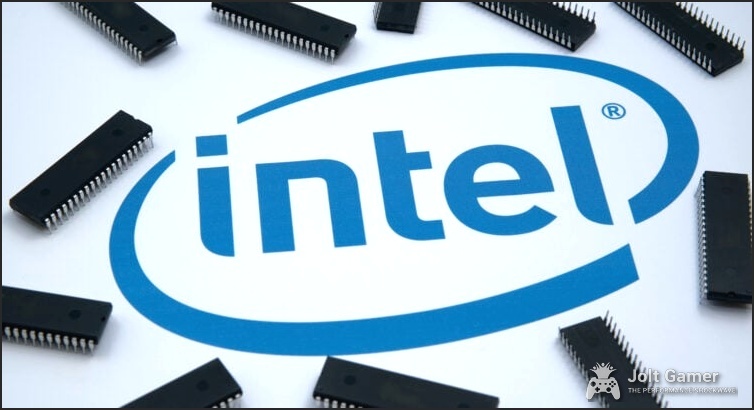
Gaming Powerhouse? Panther Lake’s Impact on Portable Gaming
The most exciting aspect for gamers is Panther Lake’s Xe3 ‘Celestial’ graphics. With top-tier SKUs featuring 12 Xe3 cores—a 50% increase over Lunar Lake’s maximum—the community is buzzing with anticipation. Many believe Panther Lake’s iGPU could make low-end discrete GPUs like the RTX 3050 or even 4050 ‘close to obsolete’ in mobile form factors. This aligns with Intel’s renewed commitment to handheld gaming, as acknowledged by VP Robert Hallock, who sees its potential to be a ‘game-changer’ for portable devices.
Projected iGPU Performance: Panther Lake vs. Competition (Rumored)
Data is conceptual, based on leaked specifications, community speculation, and Intel’s stated performance targets. Actual benchmarks are pending official release.
Intel’s Handheld Gaming Push
Intel is ‘beefing up its staff’ dedicated to handhelds and plans to distribute prototype devkit handhelds featuring its latest chips, including Panther Lake. This aims to overcome past struggles and gain developer adoption, directly challenging AMD’s long-standing dominance in the portable gaming market, which has historically benefited from developers having easier access to AMD-powered dev kits.
The Competitive Arena: Intel vs. AMD, Qualcomm, and TSMC
Intel’s journey with Panther Lake unfolds against a backdrop of intense competition. While Lunar Lake marked a significant architectural shift that allowed Intel to outperform AMD’s Strix Point and Qualcomm’s Snapdragon X in power efficiency, Panther Lake must continue this momentum. AMD’s Ryzen Z1 Extreme and Radeon 780M graphics have long dominated the handheld space, setting a high bar for power efficiency and integrated graphics performance, making this a critical battleground for Intel’s resurgence.
Key Mobile Processors: Panther Lake vs. Competitors (Overview)
| Feature | Intel Panther Lake | AMD Strix Point | Qualcomm Snapdragon X Elite |
|---|---|---|---|
| Manufacturing Node (CPU) | Intel 18A | TSMC (likely 4nm) | TSMC N4X |
| GPU Architecture | Xe3 ‘Celestial’ | RDNA 3.5 | Adreno X1 |
| Max iGPU Cores (approx.) | 12 Xe3 (Core Ultra X) | 12 CU (Radeon 780M equivalent) | 4.6 TFLOPs |
| CPU Core Design | Hybrid (P+E+LP) | Zen 5 / Zen 5c Hybrid | Oryon (Nuvia-derived) |
| Power Efficiency Target | Comparable to Lunar Lake | High | Exceptional |
| Memory Support | External LPDDR5X | LPDDR5X | On-package LPDDR5X |
Intel’s Broader Reset: Restructuring and the Road Ahead
Panther Lake’s success is not just about its technical merits; it’s intricately linked to Intel’s sweeping multi-year transformation. Under CEO Lip-Bu Tan, Intel is undergoing a massive restructuring, pivoting towards an AI-first strategy, refocusing on core x86 priorities, and shifting to a foundry model. This involves significant cost-cutting, divestitures (like the NEX division), and a renewed emphasis on ‘first-time-right’ execution for advanced nodes like 18A, drawing on Tan’s proven turnaround playbook.
Intel’s core Client Computing and Data Center segments continue to grapple with significant market-share erosion and margin pressure, with limited catalysts for a positive turnaround anticipated before Panther Lake’s late-2025 launch. The success of Panther Lake, therefore, is paramount, as it is positioned as the foundation for a broader reset across Intel’s product, foundry, and innovation strategy.
Industry Analyst Report
Release Window & What to Expect
While Intel has showcased Panther Lake prototypes at Computex 2025, the official launch details are still emerging. An official update is slated for October 9th, with further details on the 18A node expected. OEMs are reportedly already testing Panther Lake chips, and Intel plans to initiate volume production in H2 2025, setting the stage for a late-year release.
- Official Update: Rumored for October 9th, expected to detail more on Panther Lake and 18A.
- OEM Testing: Already underway, with manufacturers integrating chips into new products.
- Volume Production: Expected in the second half of 2025.
- OEM Model Release: Anticipated before the end of 2025.
- Broad Consumer Rollout: Wide availability projected for early 2026.
- Review Embargo: Unofficial sources suggest embargo lifts and official documentation after CES 2026.
The Fandom Pulse: Community Excitement & Concerns
The PC gaming community is abuzz with discussion around Panther Lake. There’s a palpable sense of excitement, particularly concerning the integrated graphics potential. However, this enthusiasm is tempered by familiar frustrations and underlying strategic concerns that highlight the challenges Intel still faces.
Panther lake gpu has 50% more cores than lunar lake… Lunar lake is already a viable gaming machine which means panther lake will make most of low end gpus like 3050, 4050 close to obsolete.
Online Forum Comment (Excitement)
As usual, too many skus that confuse customers and even oems
Online Forum Comment (Frustration)
This is in line with modern CPU design, but the big news is that they’re producing the CPU core on 18A in their new fab, which will 1) prove the system’s capabilities and 2) give them a lot of learnings to improve it.
Online Forum Comment (Hope/Apprehension)
Panther Lake: A Make-or-Break Moment for Intel
Panther Lake is shaping up to be more than just another processor launch; it’s a litmus test for Intel’s ambitious roadmap and a potential turning point for its competitive standing. The combination of the cutting-edge 18A node, a robust hybrid architecture, and significantly enhanced Xe3 graphics positions it as a formidable contender in the mobile and handheld gaming markets. If Intel can deliver on its promises of performance, power efficiency, and, crucially, a streamlined product strategy, Panther Lake could indeed mark the beginning of a true comeback. The industry, and especially gamers, will be watching closely to see if Intel can solidify its resurgence.
Frequently Asked Questions About Intel Panther Lake
What is Intel Panther Lake?
Panther Lake is the codename for Intel’s upcoming Core Ultra Series 3 mobile processors, succeeding Lunar Lake and Arrow Lake. It’s built on Intel’s advanced 18A manufacturing node.
What is the 18A process node?
18A is Intel’s most advanced manufacturing process, featuring RibbonFET (Gate-All-Around) transistors and PowerVia (backside power delivery). It’s crucial for Intel’s strategy to regain process leadership.
What are Xe3 ‘Celestial’ graphics?
Xe3 ‘Celestial’ is Intel’s next-generation integrated GPU architecture, debuting with Panther Lake. Top-tier ‘Core Ultra X’ SKUs will feature up to 12 Xe3 cores, promising significant gaming performance improvements.
When is Panther Lake expected to be released?
Volume production is slated for H2 2025, with OEM models expected by late 2025 and broad consumer availability in early 2026. Official details are expected around October 9th.
Will Panther Lake be good for gaming handhelds?
Yes, Intel is heavily emphasizing Panther Lake’s potential for handheld gaming. Its enhanced Xe3 graphics and focus on power efficiency are designed to challenge AMD’s dominance in this segment, with Intel actively providing dev kits to game makers.
Sources & Further Reading
- Intel Innovation 2023 announcements
- Computex 2025 Intel keynotes
- Golden Pig Upgrade Pack (leaks)
- Chiphell (leaks)
- Notebookcheck.net (leak analysis)
- Reuters (18A strategy reports)
- JoltGamer Fandom Pulse Analysis (community sentiment)

